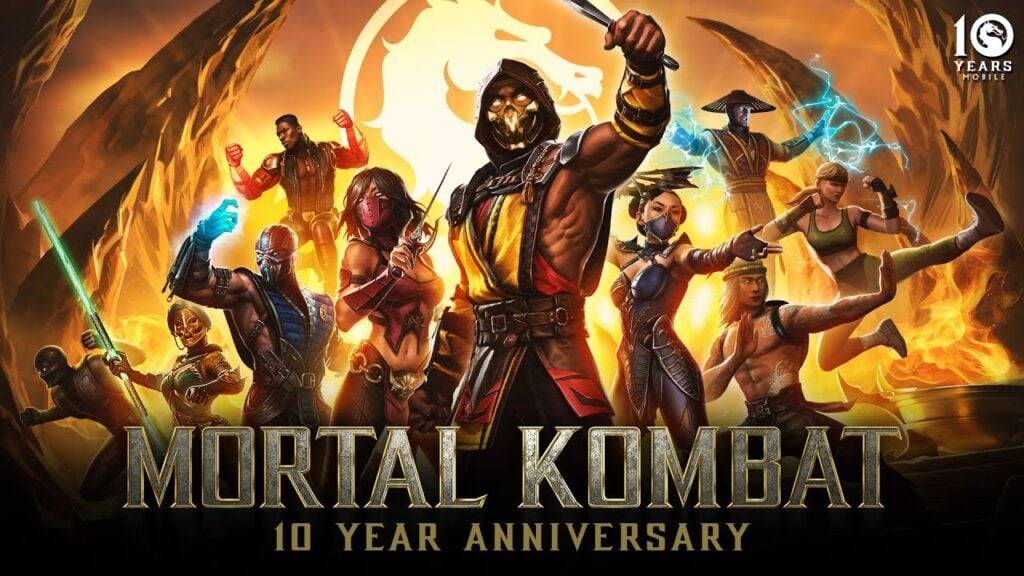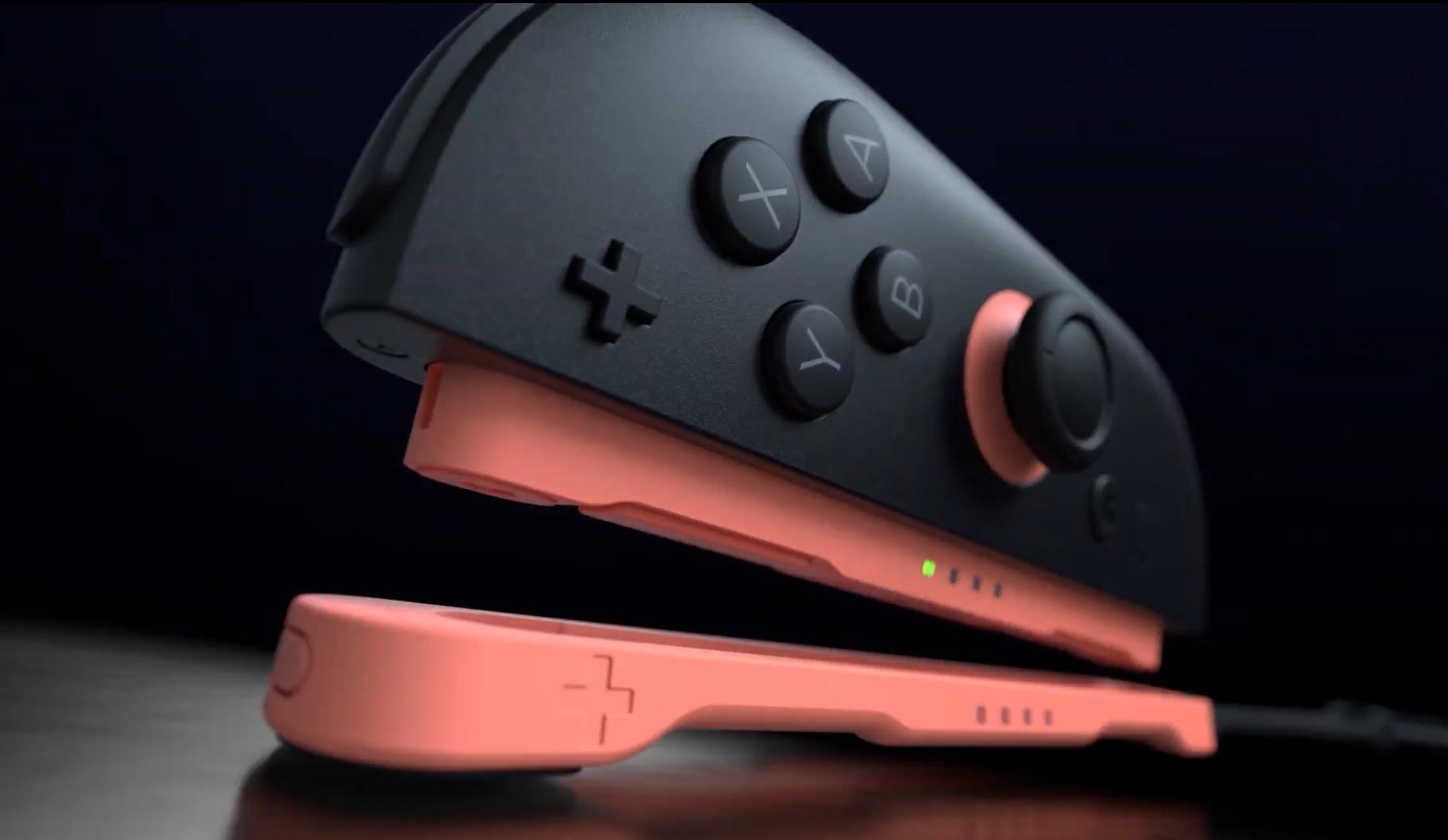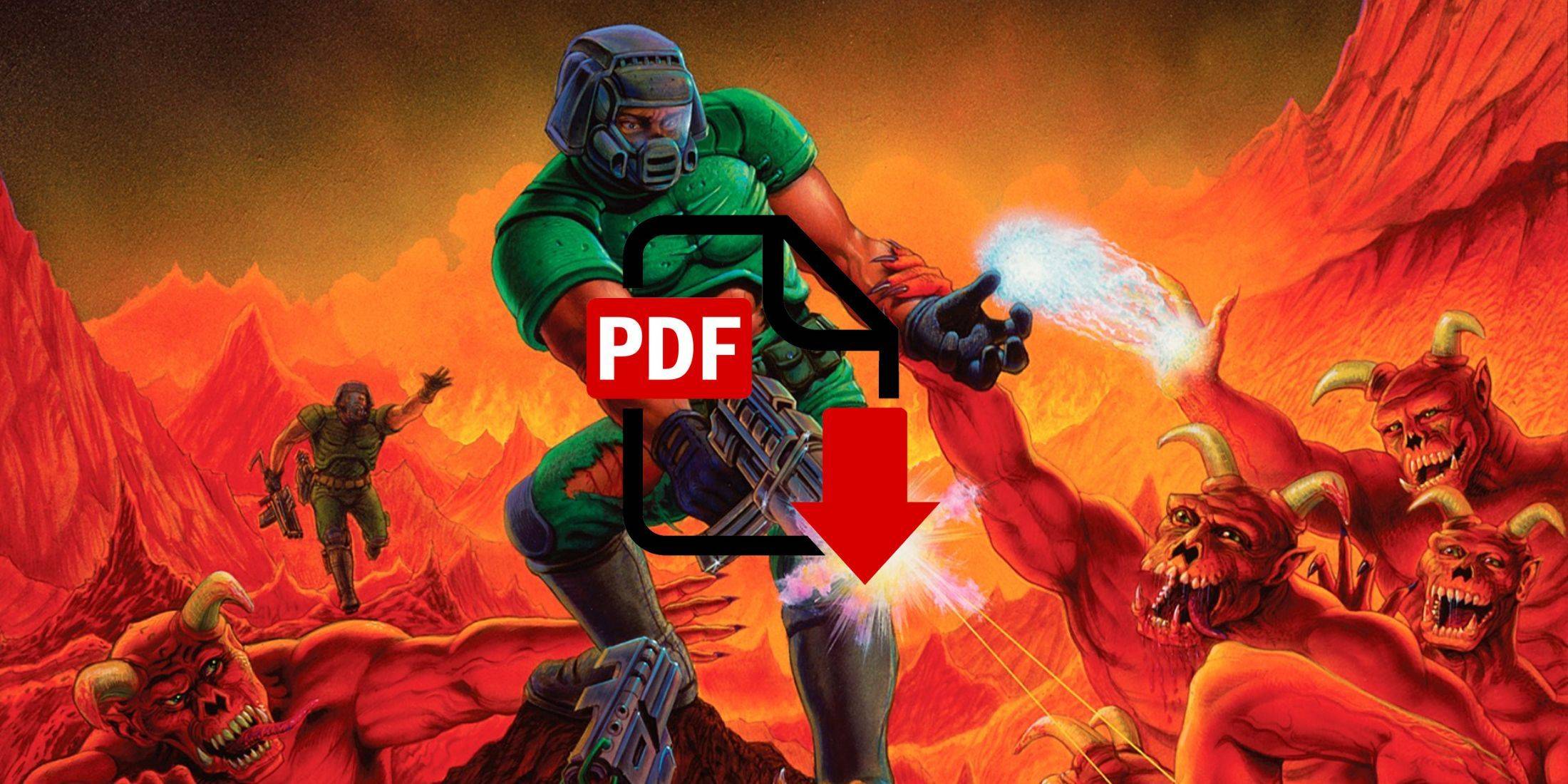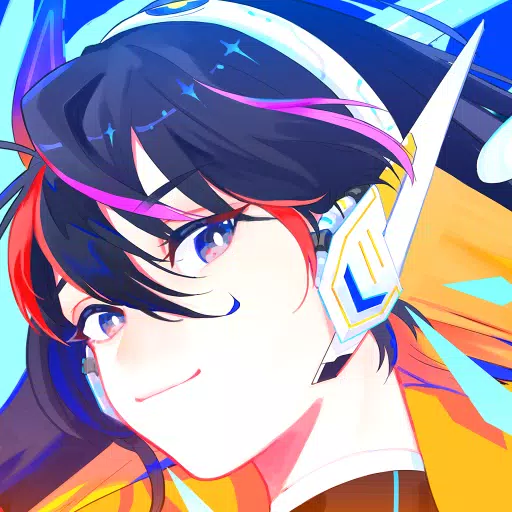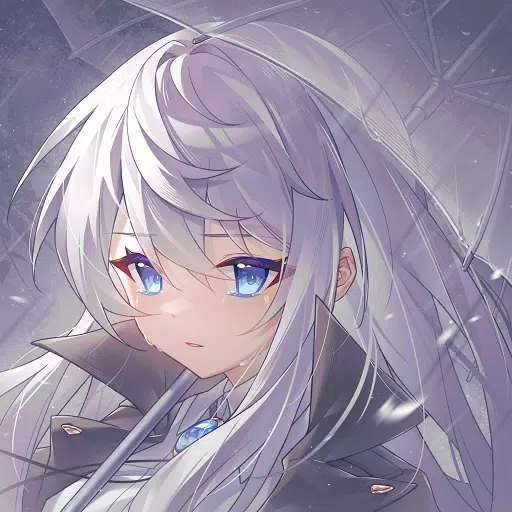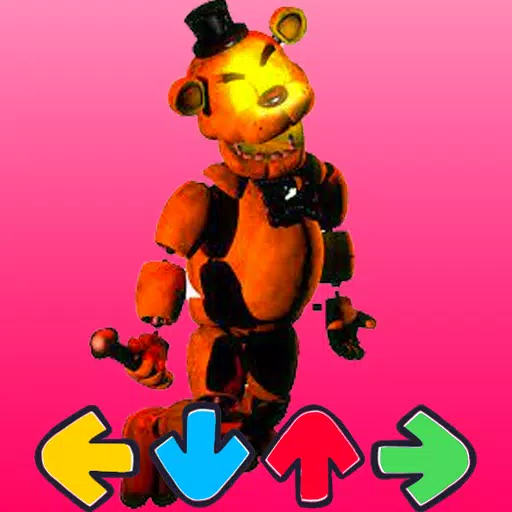Thanks to a renewed focus on the core concepts that the series was originally built upon, Assassin’s Creed Shadows is the most satisfying entry the franchise has seen in years. The game introduces the best parkour system since Unity, allowing you to seamlessly transition from the ground to castle rooftops. A grappling hook further enhances your ability to reach vantage points quickly. Perched on a tightrope high above your enemies, you're just a drop away from executing the perfect kill – but only if you're playing as Naoe. Switch to Yasuke, the game's second protagonist, and you're thrust into an entirely different gameplay experience.
Yasuke is slow, clumsy, and unable to kill silently. His climbing is laborious, reminiscent of a cautious grandparent rather than a nimble assassin. He represents a departure from the traditional Assassin’s Creed protagonist, making him one of Ubisoft’s most intriguing yet perplexing design choices. Playing as Yasuke feels less like an Assassin’s Creed game and more like a unique challenge.
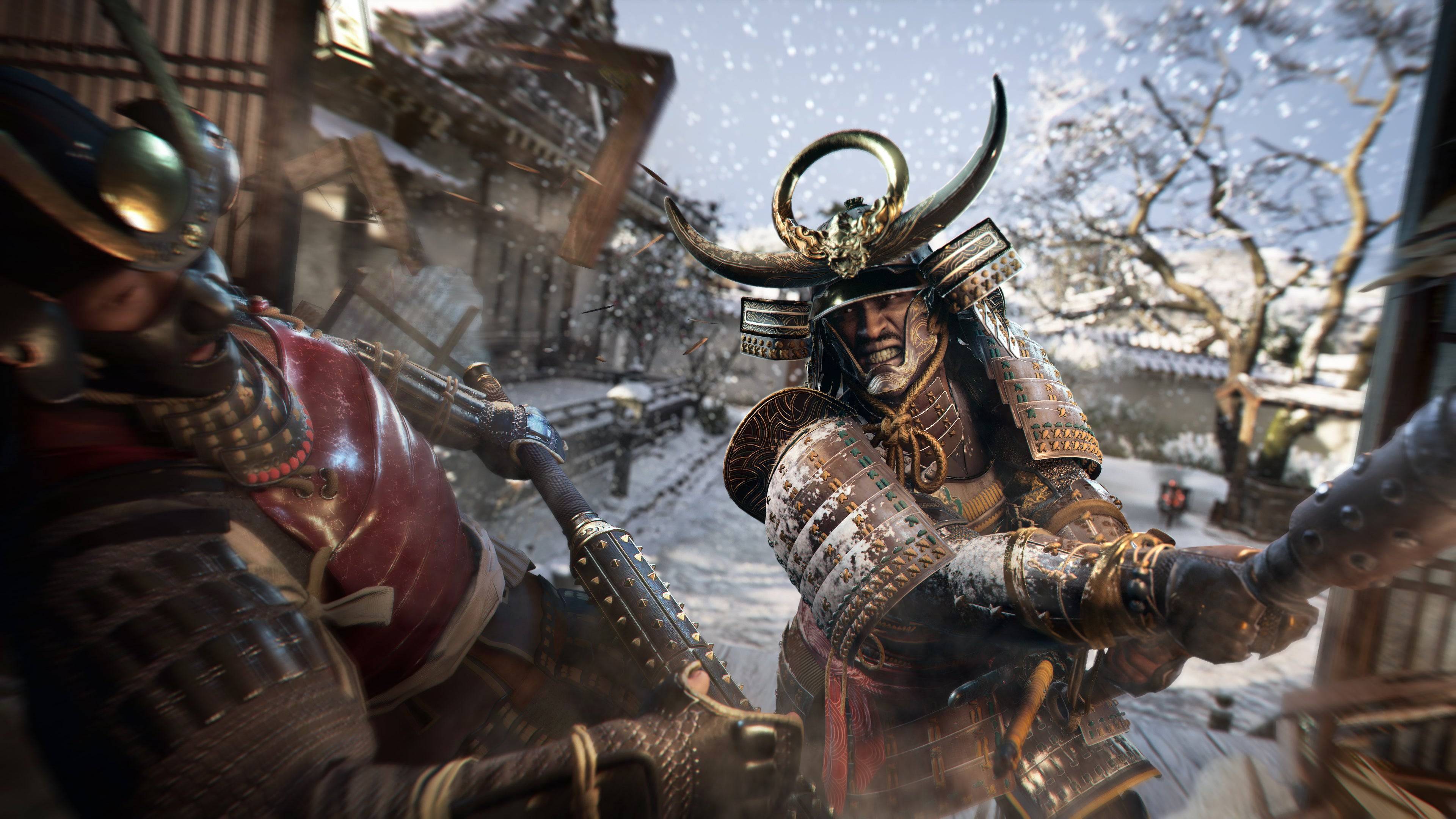
Initially, the stark contrast between Yasuke’s capabilities and the core philosophy of the series was frustrating. Why include an Assassin’s Creed protagonist who struggles with climbing and lacks the ability to perform silent takedowns? However, the more I played as him, the more I appreciated the purpose behind his design. Yasuke addresses some of the issues that the franchise has grappled with in recent years.
You don't get to play as Yasuke until several hours into the campaign, after spending your initial time controlling Naoe. Naoe, a swift shinobi, embodies the assassin archetype better than any protagonist in the past decade. Transitioning to Yasuke after getting accustomed to Naoe is a jarring experience.
Yasuke's towering stature and noise make stealth through enemy camps nearly impossible. His climbing abilities are severely limited, requiring scaffolding and ladders to make any significant progress. These limitations encourage staying at ground level, which in turn restricts his ability to survey the area and plan ahead. Unlike Naoe, who has Eagle Vision to highlight enemies, Yasuke has no such tool, leaving him to rely solely on his raw strength.
Assassin's Creed has always been about stealthy kills and vertical exploration, concepts that Yasuke directly opposes. His gameplay feels more akin to Ghost of Tsushima than Assassin’s Creed, emphasizing fierce combat over stealth. Yasuke's lack of stealth training and reliance on his samurai sword skills highlight this shift, forcing players to rethink their approach to the game.
Historically, Assassin’s Creed has allowed players to climb almost anywhere effortlessly. Yasuke changes this dynamic, challenging players to find hidden pathways designed specifically for him. These paths lead him to his objectives but limit his general exploration and ability to gain the high ground to observe enemy movements. His only stealth ability, the "Brutal Assassination" skill, is more of a combat opener than a silent takedown.
When combat ensues, Shadows offers the best swordplay the series has seen in over a decade. Each strike has purpose, and a variety of techniques, from rush attacks to ripostes, make battles engaging. Finishing moves are brutal and satisfying, contrasting sharply with Naoe's stealthy approach.
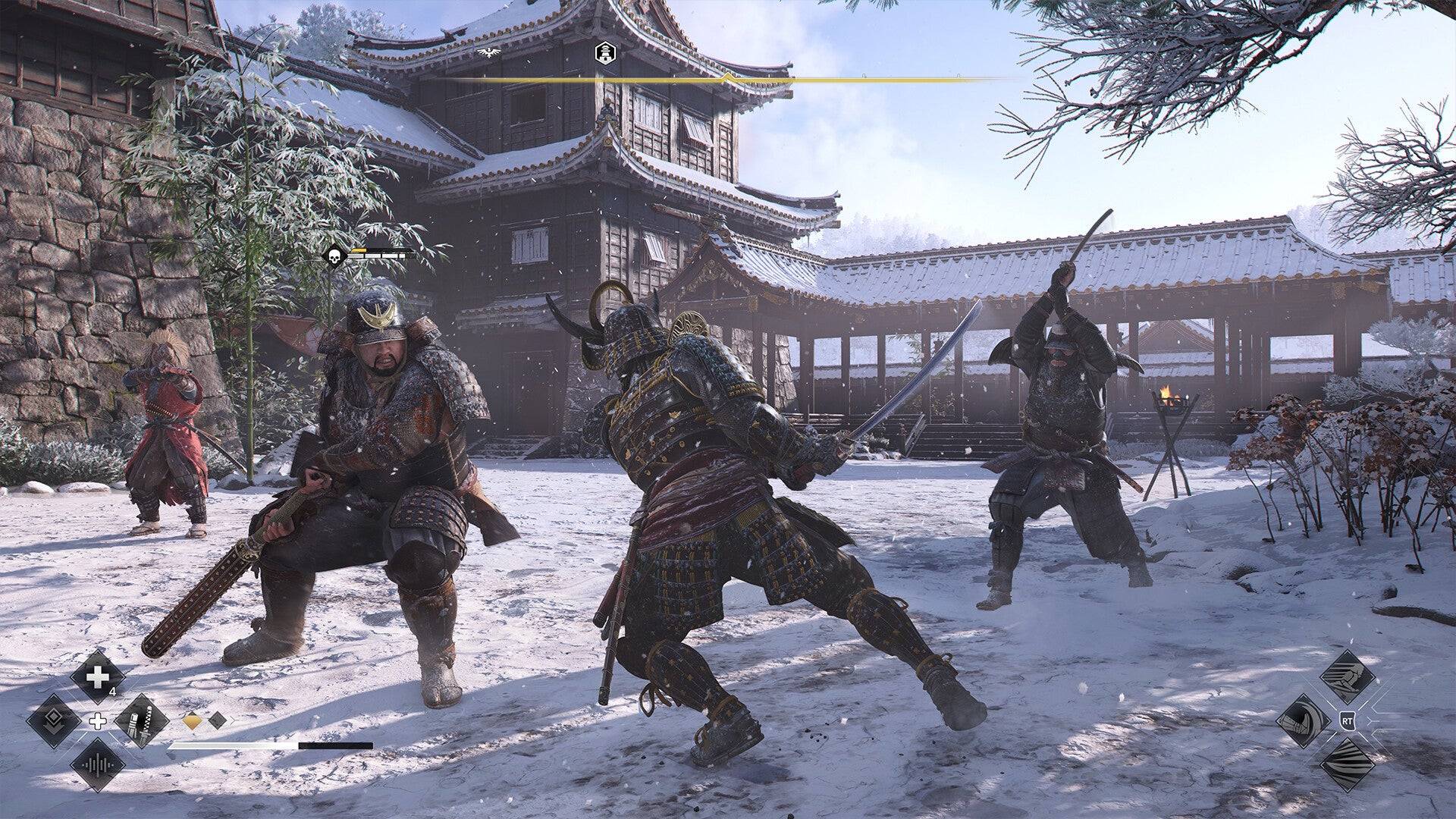
The separation of combat and stealth into two distinct characters prevents the blending of styles seen in previous entries like Origins, Odyssey, and Valhalla. Naoe’s fragility requires a strategic approach to combat, forcing players to retreat and reset the stealth loop, while Yasuke’s strength allows for prolonged engagements. His skill tree, which unlocks over time, adds depth to his combat capabilities.
Despite the strong intention behind Yasuke’s design, it remains challenging to fit him into the traditional Assassin’s Creed framework. While characters like Bayek and Eivor veered into action territory, they still retained fundamental assassin abilities. Yasuke, as a samurai, struggles with stealth and climbing, making it difficult to engage with the game in the classic Assassin’s Creed style.
The real challenge for Yasuke is his counterpart, Naoe. Mechanically, Naoe is the best protagonist the series has seen in years. Her stealth toolkit, combined with the verticality of Sengoku Period Japan, allows for a true Assassin’s Creed experience. Naoe benefits from the same design changes that shape Yasuke, offering a more realistic climbing system that still maintains the series' signature mobility.
AnswerSee ResultsNaoe's combat is just as impactful as Yasuke's, though she can't endure as long in battle. This raises the question: why play as Yasuke when Naoe offers a more complete Assassin’s Creed experience?
Ubisoft's intent to offer two distinct playstyles with Yasuke and Naoe is admirable, yet it creates a double-edged sword. Yasuke's unique gameplay is compelling and a first for the series, but it opposes the foundational ideas of Assassin’s Creed. While I'll return to Yasuke for the thrill of his combat, it's through Naoe that I'll truly explore Shadows' world. Playing as Naoe feels like playing Assassin’s Creed.


